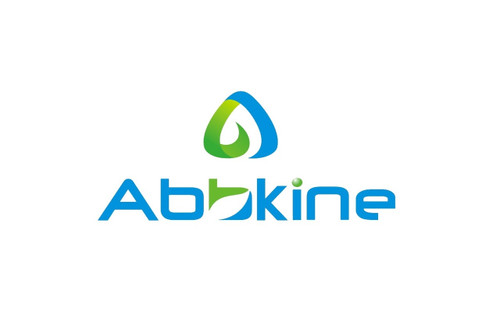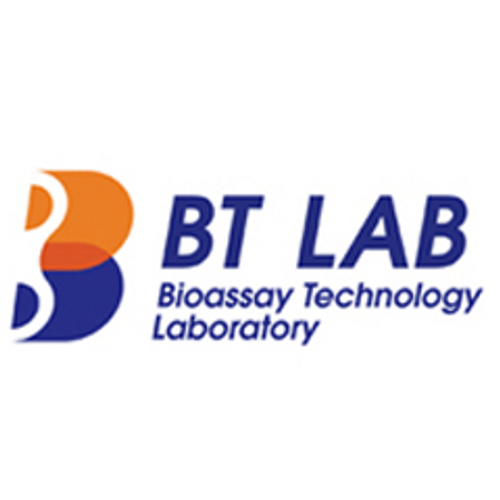Product Description
Mouse RAD51-associated protein 1 (RAD51AP1) ELISA Kit | AE59976MO | Abebio
Species Reactivity: Mouse (Mus musculus)
Abbreviation: RAD51AP1
Alternative Name: PIR51; RAD51-interacting protein
Application: ELISA
Range: 0.156-10 ng/mL
Sensitivity: 0.059 ng/mL
Intra-Assay: ≤5.2%
Inter-Assay: ≤9.7%
Recovery: 1, 01
Sample Type: Serum, Plasma, Other biological fluids
Detection Method: Sandwich
Analysis Method : Quantitive
Test Principale: This assay employs a two-site sandwich ELISA to quantitate RAD51AP1 in samples. An antibody specific for RAD51AP1 has been pre-coated onto a microplate. Standards and samples are pipetted into the wells and anyRAD51AP1 present is bound by the immobilized antibody. After removing any unbound substances, a biotin-conjugated antibody specific for RAD51AP1 is added to the wells. After washing, Streptavidin conjugated Horseradish Peroxidase (HRP) is added to the wells. Following a wash to remove any unbound avidin-enzyme reagent, a substrate solution is added to the wells and color develops in proportion to the amount of RAD51AP1 bound in the initial step. The color development is stopped and the intensity of the color is measured.
Product Overview: RAD51AP1 specifically stimulated joint molecule formation through structure-specific DNA binding and physical contact with RAD51. RAD51AP1 was required to protect HeLa cells from agents that cause DNA double-strand breaks. At the biochemical level, RAD51AP1 had selective affinity for branched DNA structures, and it stimulated D loop formation by RAD51, a pivotal step in recombination. The predicted PIR51 protein has 335 amino acids and a calculated pI of 9.95. The authors suggested that PIR51 is the human homolog of mouse Rab22 since the 2 proteins share 63% sequence identity. Northern blot analysis revealed that PIR51 is expressed as a 2.4-kb mRNA in human testis and thymus, and at lower levels, in colon and small intestine.
Stability: The stability of ELISA kit is determined by the loss rate of activity. The loss rate of this kit is less than 5% within the expiration date under appropriate storage condition. The loss rate was determined by accelerated thermal degradation test. Keep the kit at 37°C for 4 and 7 days, and compare O.D.values of the kit kept at 37°C with that of at recommended temperature. (referring from China Biological Products Standard, which was calculated by the Arrhenius equation. For ELISA kit, 4 days storage at 37°C can be considered as 6 months at 2 - 8°C, which means 7 days at 37°C equaling 12 months at 2 - 8°C) .
 Euro
Euro
 USD
USD
 British Pound
British Pound
 NULL
NULL








